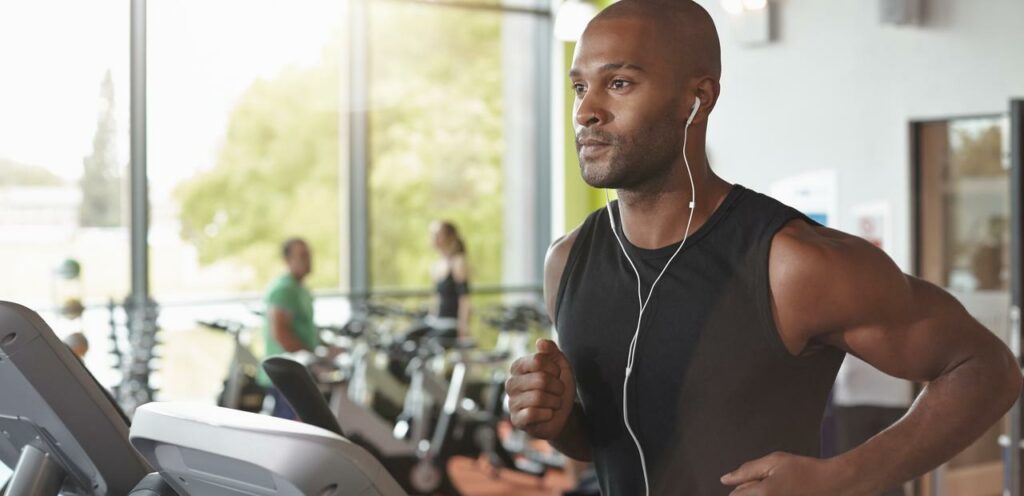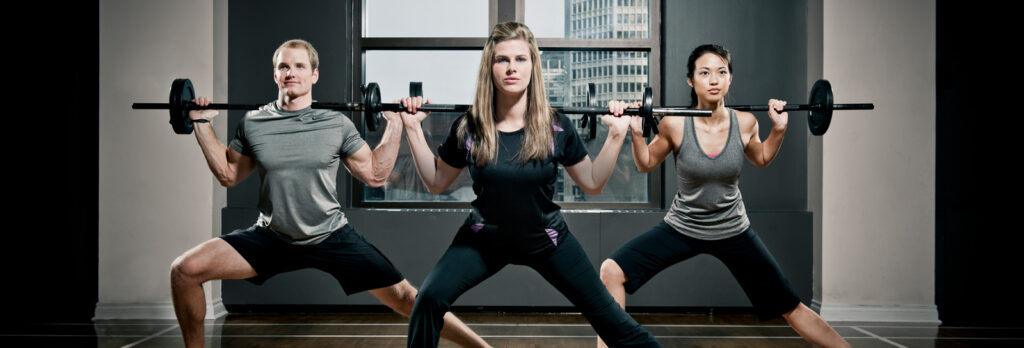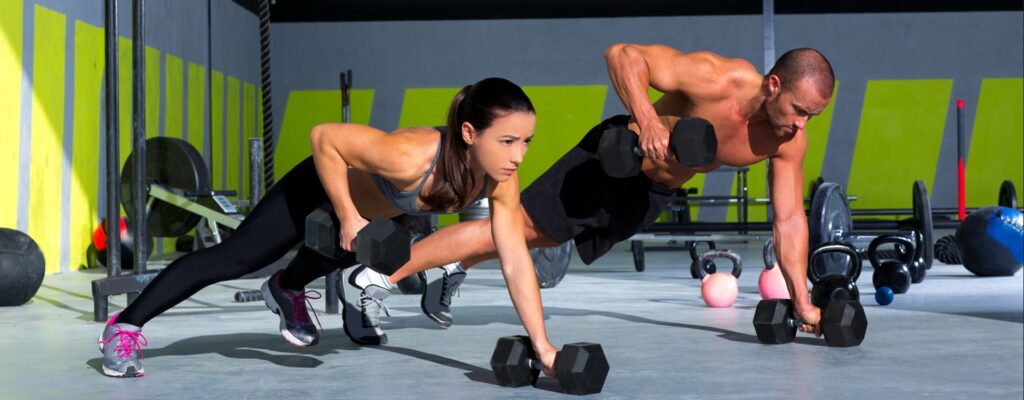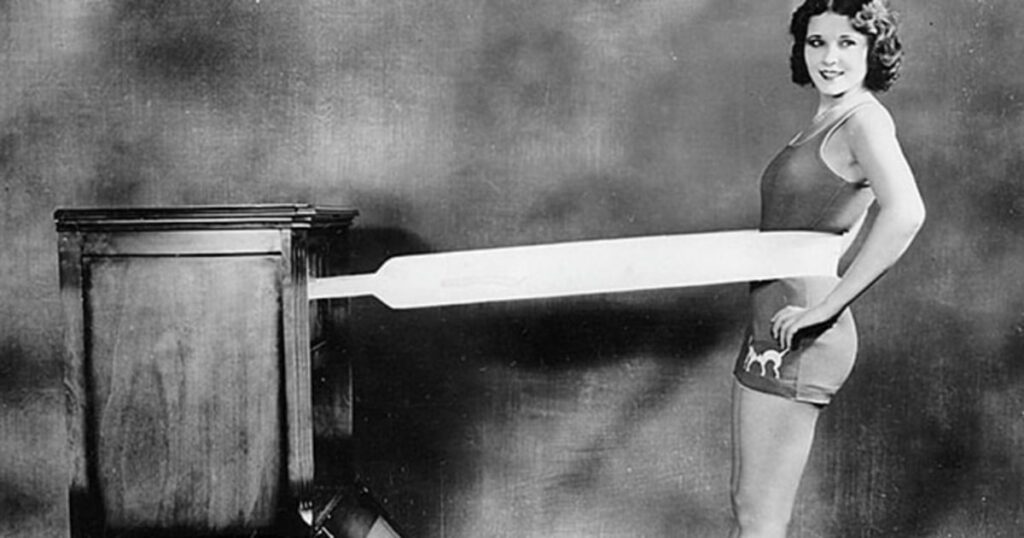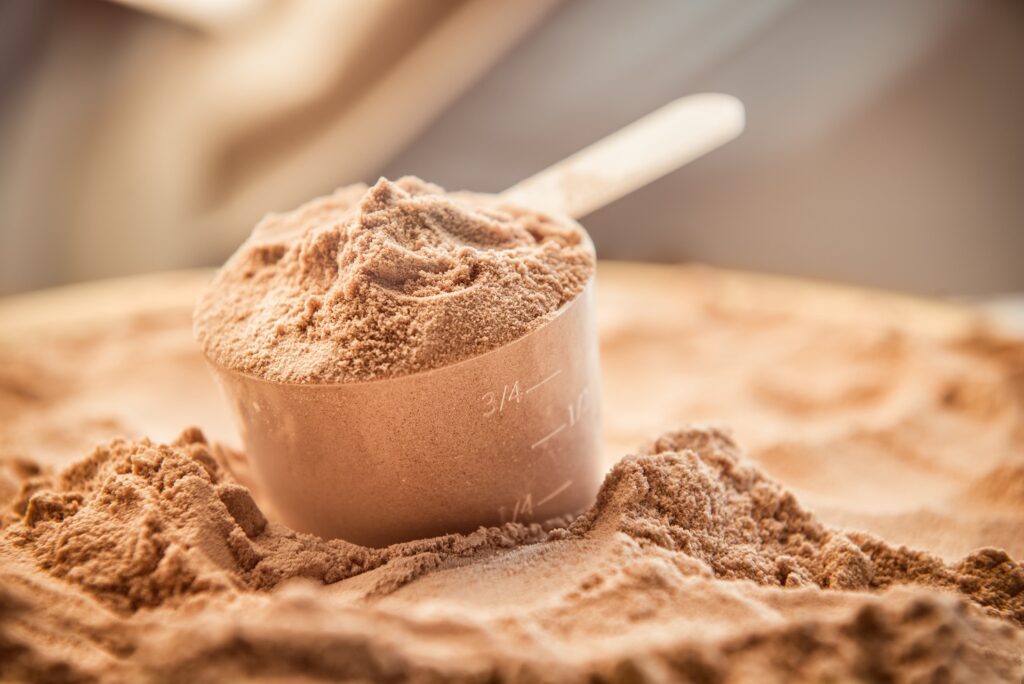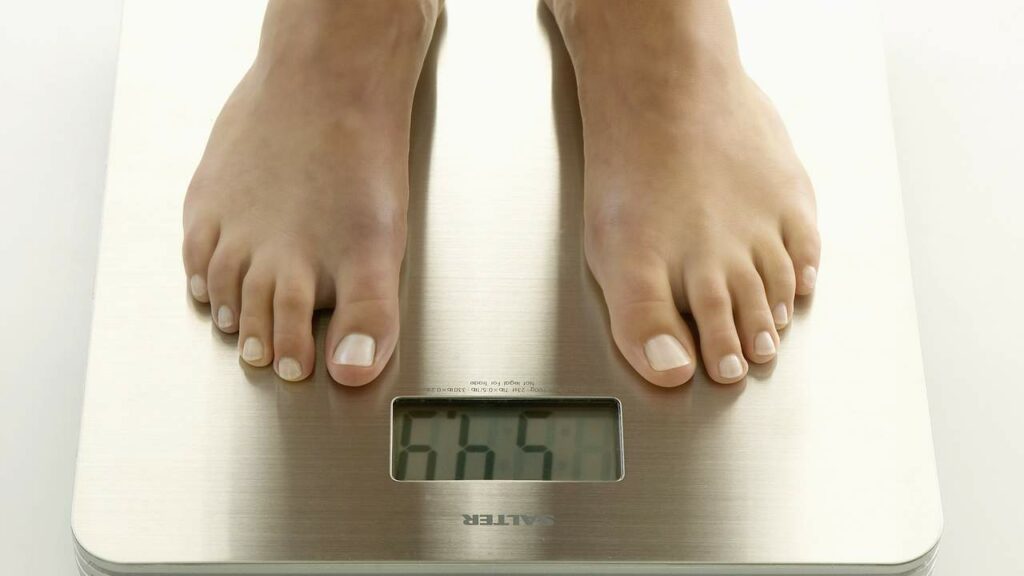This series is dedicated to an overview of the equipment you can use in the comfort of your home to shape the body of your dreams.
Series entries:
Wrapping up
Congratulations! You have made it to the end of the getting fit series. You should now have a general understanding of fitness gear you can use from home and are ready to start your fitness journey with confidence. Obviously, there are many more tools you can use and exercises you can do. We covered the more popular and cost effective options. Let us end by taking a look at some general tips to help you on your journey.
Fitness tips

Ease into it
I have said it in almost every post so far, and I will say it again: take it slow. Make sure you master the movements before intensifying your workouts.
It may be a good idea to train alone at first. A big problem when training with others is a tendency for your ego to get the better of you, especially when training with someone more advanced. You feel a natural urge to compete; this leads you to overestimate yourself and suffer injuries.
The key is to challenge yourself, but also stay within your limits when you are getting started. After you get the hang of things, feel free to begin pushing yourself and overcome your limitations!
Add some music
Listening to your favourite high tempo music is a great way to increase your motivation during a workout and makes time fly by. You can simply use your smartphone and some earphones or speakers to play music. You can also get a dedicated MP3 player for this purpose.
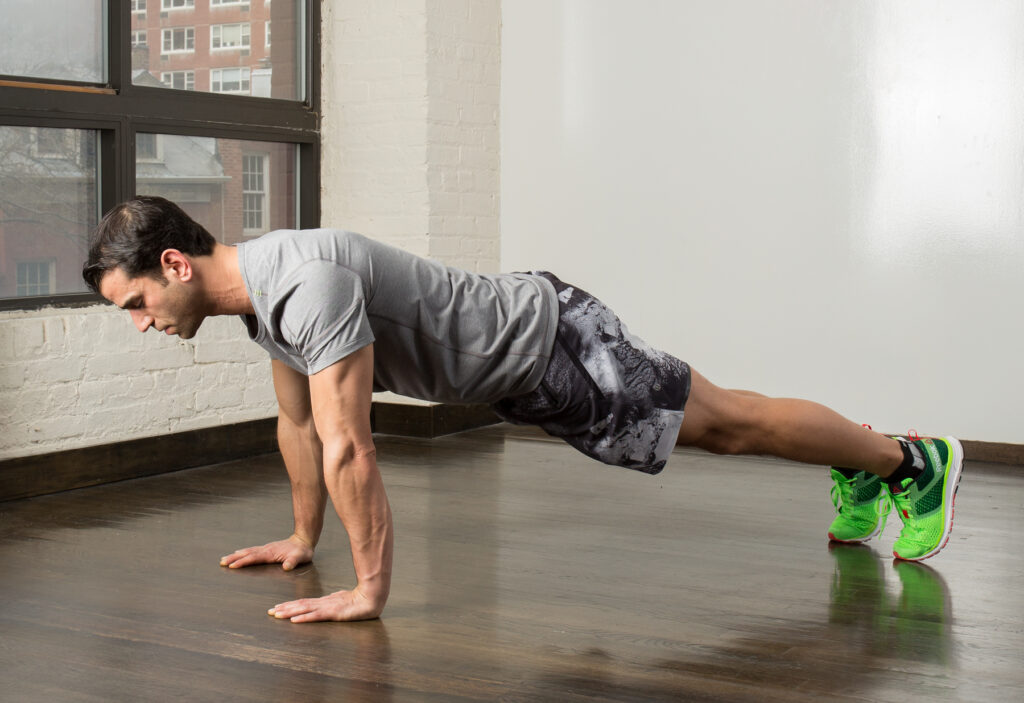
Use what you have available
Unfortunately, any gear comes at a cost. You may not afford the luxury of buying equipment at the moment. Luckily, you do not need any equipment to start getting fit. You do not even need to buy specific clothing for it, just put on some old clothes that allow you to move freely.
Calisthenics and body weight resistance training are great ways to get started. These exercises will help you learn what your body is currently capable of and help build functional strength and agility.
When you are able to; add equipment to your workout routine over time.
Follow a programme
Do not jump in blindly, with random exercises sporadically timed (though I guess it’s better than nothing). Set specific goals you want to achieve and can measure with relative accuracy.
Follow a systematic and specifically designed fitness programme or schedule that will suit your lifestyle and fitness goals.
If you have no idea how to set up a programme, there are many resources created by people who have walked the same path you are about to go on.
You can scour the internet for a programme that interests you. The advantage here is that you can find free advice and personal experiences. The disadvantage is that it can take time to find exactly what you want and the sources may not always be credible, or may sometimes even give you downright wrong information.
Alternatively, you can buy books or videos created by industry professionals to guide you. The disadvantage here is that it costs money, but you can rest assured that you are getting solid advice.
Another great piece of advice here is to change up your workout routine. Do not use the same program for more than six to eight weeks. Your body gets used to routines, so it is important to incorporate incremental changes to your workouts. This does not mean you need a whole new program every few weeks. It works to just change variables like; decreasing your rest time between sets, using more weight, increasing the amount of reps per set or replacing an exercise with a new one. Altering only one of these variables at a time should do the trick.
Try everything at least once
When you start, it may seem like an overwhelming amount of choices you have. My advice would be not to commit to one thing at first. Consider joining a gym for a month just to give everything a try; pay on a month to month basis, do not tie yourself down with any type of contract.
If a workout doesn’t feel right for you, move on to the next thing. There are many different ways to get the results you are looking for; make sure to settle for something you enjoy and are willing to spend some time and effort on.
Once you find your bliss, then you can buy the equipment to use from home. Buy a single item each month and slowly start a fitness arsenal. You will be surprised how quickly it grows. Once you have everything you need, there are no more expenses like a gym membership fees!
Avoid gimmicks and fads
Take any miracle diet, medication or tool that claims to be the new revolution in fitness and health with a good pinch of salt. Results do not come quickly, not in a healthy way. These miracle gimmicks are just there to make some money off naive people.
Stick to the classic tools that we covered. They have stood the test of time and have been proven to show results for anyone willing to put in the work.
Supplements
Supplement can help in some situations, but will not suddenly make some dramatic impact to your health, like some claim to do. When starting off, you do not need to concern yourself too much with them. There are many alternatives to having to buy expensive supplements. For instance, you can simply drink coffee or tea (no milk or sugar) as a pre-workout energy boost. If caffeine is not your thing, a banana or any fruit on hand will also do the trick.
Read the labels on the supplement you want to buy. You may find that those ingredients are cheaper to just buy at your local pharmacy or get from a balanced diet.
Having said that, supplements will help when you are aware of exactly what nutrition you may miss in your diet and what you need to make up for that deficit. Do some research on the subject before dishing out money on supplements. If you don’t, you may get negative results from the supplement themselves and not because of the wrong diet or exercise routine.
Diet
Focus on building a balanced diet. Insure you get nutrition from all the food groups in the right ratio, in accordance with your fitness goals. Any miracle diet that tells you to cut out an entire food group is most likely unhealthy for you.
You need to mind your calorie consumption. Ensure you take in the correct amount of calories in accordance with your activity levels. Do not obsess too much over calories either, this will only make you miserable: it works to just know roughly what is good and what is bad for you. The ultimate goal is to eat healthy most of the time, but indulging in something not so healthy on occasion won’t hurt you in the long run. For example, you may realise you tend to eat unhealthy over weekends or when going out; in this case, make sure you at least eat healthy during the rest of the week.
Fortunately, there are many free resources online to help determine what food ratio and calories you need to aim for in accordance with your goals and average activity levels.
Many fitness professionals advise preparing healthy meals in advance, so you have something ready when you get hungry. This will save you time, energy and money overall. Look into getting a recipe book to get some tasty and healthy meal ideas.
Drink plenty of water. Try to replace most of the liquids you consume with water if you can mange it. It helps to always keep a water bottle on hand, this may also help you suppress food cravings.
It takes time
Do not expect to see results instantly. In fact, for the average person it takes about 20 weeks to lose a noticeable and sustainable amount of weight. Gaining a substantial amount of muscle mass can take between 1 and 5 years!
This does not mean you have to spend hours on intense workouts every week to see a change. The trick is to keep at it. Even doing as little as a 10-minute exercise every day will get you results eventually.
Do not be discouraged by seeing a celebrity suddenly looking great over a short time span. They have dedicated professionals working with them and time at their disposal to achieve incredible results quickly… and sometimes unhealthily or unnaturally.
It is therefore critical to find a form of exercise and diet that you are willing to incorporate into your lifestyle, because you need to be consistent over a long time to see any true results.
A useful way to track your results is to use a bathroom scale. Weigh yourself every morning when you wake up and write that number down. Don’t stress too much if your weight goes up or down on daily basis. It is perfectly normal for weight to fluctuate on such a short term basis. With your recorded weight, calculate your average weight at the end of each week. Do this over a long period and you will notice that you are making progress, even if it may not feel immediate. This is a great way to keep you motivated when things get tough or when you feel discouraged. A measuring tape can also be used in this way to keep track of any measurements that may be important to you
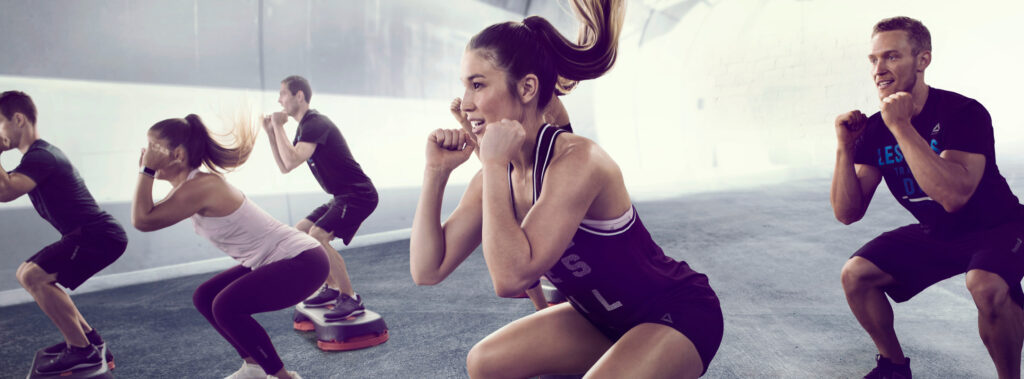
Final Word
Remember that everyone is different and there are many ways to get the results you want. You need to figure out what works for you. Do not let anyone make you feel you have to do things a certain way. Be patient and keep at it and I can guarantee you will see positive improvements to all aspects of your life.
Thank you for taking the time to read through this basic starter guide. Hopefully you have found some nuggets of information that will aid you on the journey to the perfect version of you!
Be sure to check out some of the great deals on fitness equipment we have available on bidorbuy!


